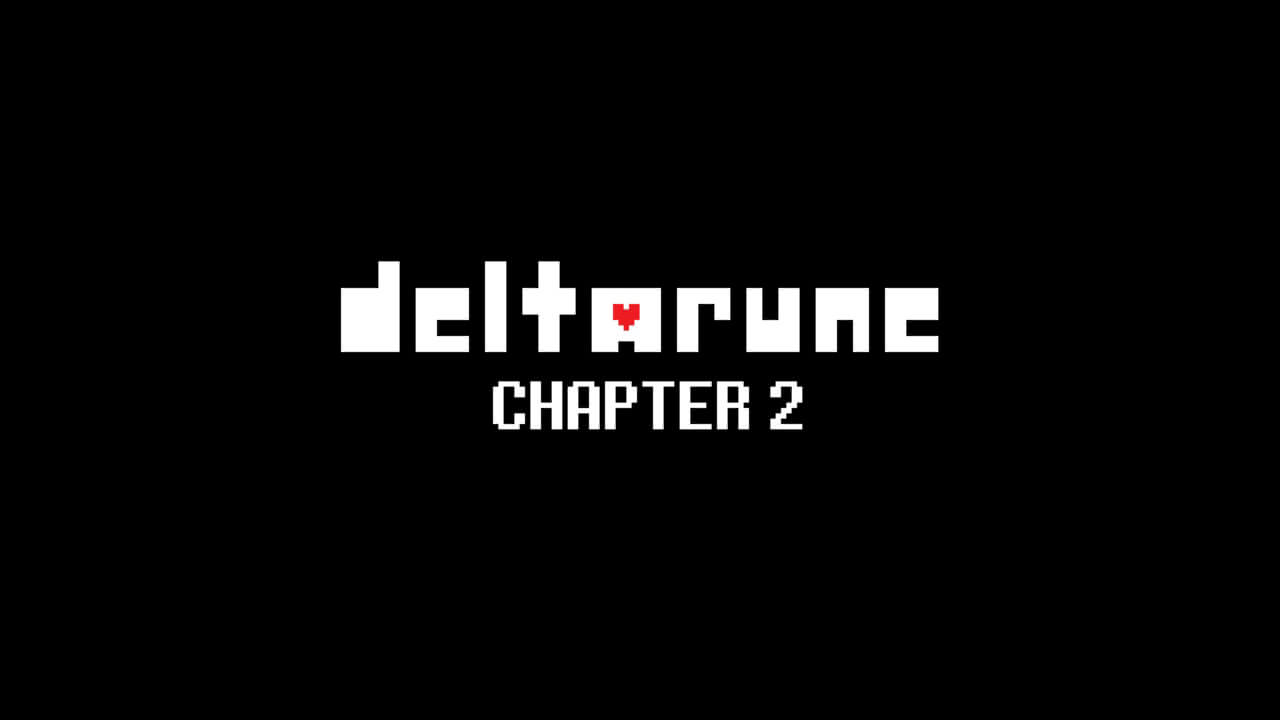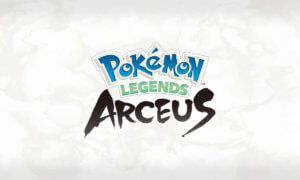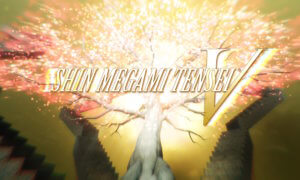[adrotate group = “15”]
It’s tough to evaluate Deltarune as it stands right now. After all, Chapter 2 (of presumably seven) released just few days ago and three years after Chapter 1 initially released on PC. There are currently plans for seven chapters total.
The periodic release schedule also doesn’t help. While each chapter stands alone well with only threads of continuity and a cliffhanger moving the story from one chapter to another, the fuller picture has yet to reveal itself.
Instead of trying to force an evaluation of Deltarune – an impossibility, especially given how much more the game has yet to unveil – it might make more sense to ask what the first two chapters suggest about what’s to come.
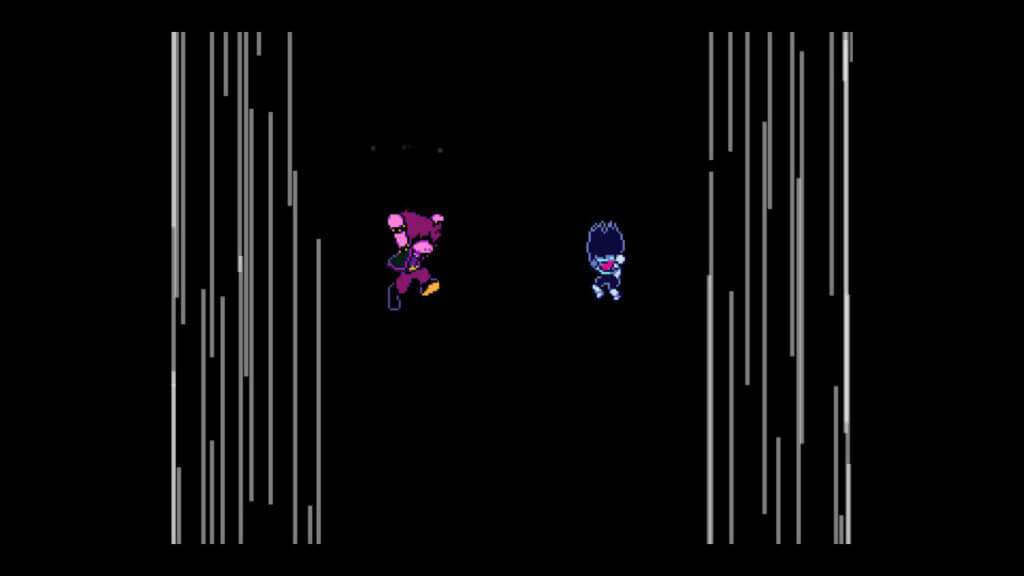
Dive right into the Dark World.
Chapter 2 follows the story of Chapter 1, where the protagonist Kris and their classmate Susie stumble into an alternate realm called the Dark World. There, they are tasked with closing Dark Fountains with spring up in order to prevent a catastrophic event affecting both the Dark and Light Worlds.
This second chapter takes the two, with companion Ralsei, into a completely new Dark World themed around computers, technology, and webspaces. The main antagonist, Queen, wishes to use the power of the fountains to create an unrealistic utopia, corrupting enemies into viruses to stop the team from closing the fountain. Two of Susie and Kris’s Light Realm friends become trapped in the space as well, and through connecting with the enemies and fending off the Queen, the fountain is closed.
Beyond story and world differences, Deltarune so far has followed a formula laid out by its predecessor, Undertale. Witty dialogue, creative battle mechanics, meta-narratives, and unique characters all were what made Undertale so great and a tradition Deltarune has continued.

Just another day in your… wait is the Sans from Undertale?
Indeed, some of the strong moments in both Chapter 1 and Chapter 2 were how the game continued to disrupt traditional RPG formula. Undertale did so quite shockingly, with it being revealed that “exp” and “lv” stood for “execution points” and “level of violence,” respectively. Indeed, it was a game where no monsters had to die, where leveling wasn’t the end goal, and where character action had significant effect on the narrative.
From Chapter 1, Deltarune continued with this approach of flipping RPG mechanics on its head. Enemies can still be spared and in this game, recruited to a hub world where they exists as townspeople. Battles, in particular, are still a unique blend of turn-based mechanics and bullet-hell dodging.
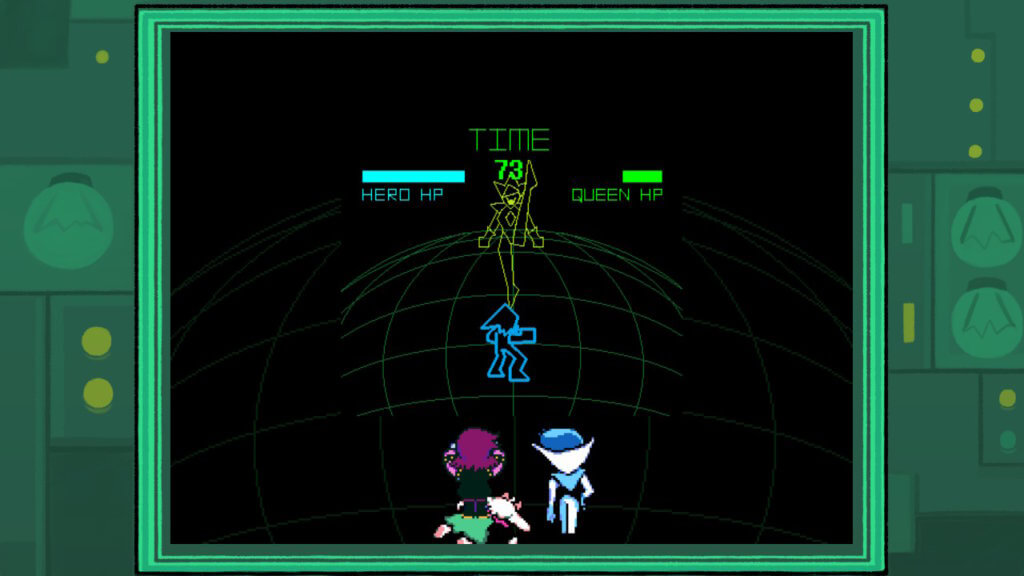
The battles are always a treat. You never know how the game will play with conventions!
For example, Chapter 2’s boss battles each played with different genres of gaming. While some were based in the game’s standard Attack vs. Spare mechanics, others borrowed mechanics from games like Punch Out! or fill the adjacent squares.
And when it comes to dialogue and fourth-wall breaks, I could go on and on. The Queen recruiting your friend, only to avoid him because he’s annoying even to her, the main antagonist. Items that are functionally the same but with slightly different names selling for triple the amount from vendors right next to each other. Sans, the most meta-character of Undertale, existing and “recognizing” the player from somewhere. The list perhaps includes every interaction possible in the game.
What’s clear is that the game continues to exude the creativity and RPG-genre defining characteristics that drove Undertale’s massive popularity and success. Toby Fox is ambitious in making Deltarune something different from Undertale without fully distancing itself from that formula.
What is still unclear is how Deltarune will connect all the pieces it has laid out.
To return to Undertale for a moment, Undertale is critically acclaimed and adored because every action had an impact. Kill the tutorial “boss?” She’s gone and the whole world knows it. Even after restarting the game, the first enemy comments on your guilt for killing her. Kill a dog on the way to a town? The other dogs are waiting for their companion to arrive. Spare all the enemies? Become best friends with everyone and even go on a wild date. The title screen even begins to change to include all your friends. Find Temmie village? Find Bob.
The well-known pacifist, neutral, and genocide runs of the game continue to fascinate players for how the game punishes or rewards you for playing the RPG like… an RPG. There’s something about Undertale which makes you question your every action or ask how a certain action may change future outcomes and interactions.
While Deltarune does have its own versions of genocide, pacifist, and neutral routes. And the game still has a ton of meta-content that shifts based on player input. But it seems largely encapsulated within the chapter without much clarity how actions in one chapter will deeply affect content in others. Within the two chapters, there has been limited continuity in this regard.
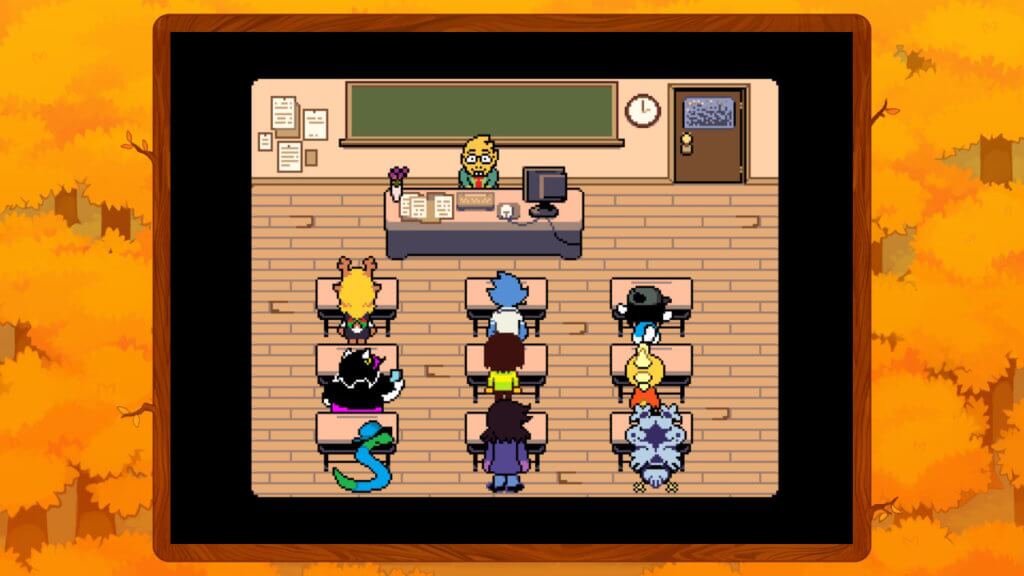
It’s unclear how it will all connect, but for now, all we can do is wait.
It is, of course, impossible to know how it will all connect. There’s still more game to be played. The content we have right now is really promising and pretty exceptional, even when looking at the chapters by themselves.
Until the entire game is shown, however, we will likely not know just how radical Deltarune is.
But if there’s anyone who can connect the dots, it’s Toby Fox.
Follow TechTheLead on Google News to get the news first.

